Casa Vicens
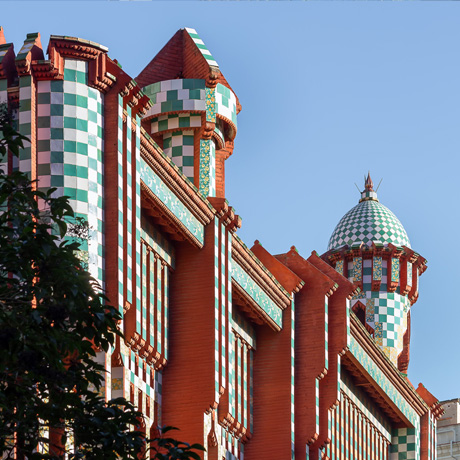
YEAR OF CONSTRUCTION
1883 - 1885
ADDRESS
Carrer de les Carolines, 18 - 24, Barcelona
http://casavicens.orgIn 1878 Antoni Gaudí received his first substantial commission, the Vicens House, which is considered his first masterpiece. It is an imaginative, modern and innovative project in which the architect uses, for the first time, many of the structural, decorative and symbolic elements which came to define his architectural language.
Shortly after finishing his architecture studies, the young Gaudí was commissioned by Manuel Vicens to build a summer house for him and his wife on the land he had inherited at Carrer Sant Gervasi (now called Carrer Carolines), in what was then the town of Gràcia. The works began in 1883 and finished in 1888.
TAKING ADVANTAGE OF THE AVAILABLE SPACE
Gaudí designed a house of small dimensions, structured on four levels: basement, ground floor and two upper floors. The young architect gave proof of his talent in the interior of the house, especially in the formal spaces and in the exotic smoking room.
The size of the plot conditioned the position and orientation of the house. Gaudí placed the dwelling on the northeast side, abutting on the party wall of the neighbouring structure. This arrangement made it possible to free enough space to allow the design of a garden as well. There he installed a monumental arch that frames a waterfall, giving the garden itself and the inside of the house a fresh cool atmosphere.
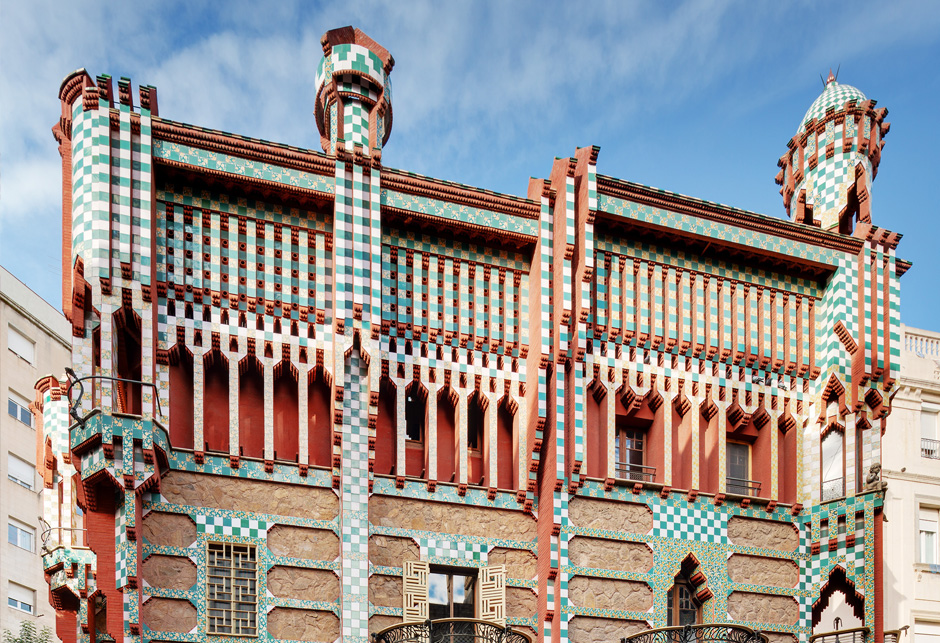
A FAÇADE OF VERTICAL AND HORIZONTAL LINES
The unassuming programme which Mr. Vicens requested of the architect took shape in a very attractive architecture, with an elevated gallery overlooking the garden which was marked by its original louvers providing suitable shading.
The unassuming programme which Mr. Vicens requested of the architect took shape in a very attractive architecture, with an elevated gallery overlooking the garden which was marked by its original louvers providing suitable shading.
The façades of the Vicens House are characterised by their modulation of chequered white and green ceramic tiles, combined with tiles bearing floral motifs, the whole defining an architecture of right angles.
These decorative elements form a composition of horizontal lines on the bottom part of the house, while on the upper floors they are arranged vertically on little columns that protrude from the plane of the façade, creating a pattern that seems to dissipate above. This dematerialisation is accentuated by the towers located on the corners of the façades, which are turned about to various degrees, producing an impression of movement in this way.
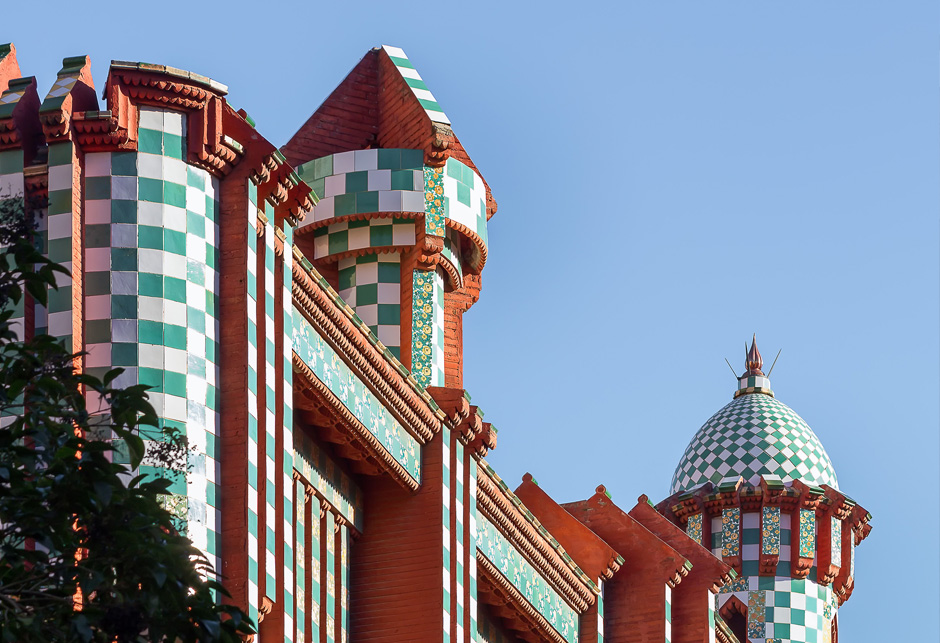
NATURE AS A SOURCE OF INSPIRATION
Nature is the most important source of inspiration of all of Gaudí’s works and the Vicens House is one of the first examples of this, with different natural elements represented and integrated within the whole. Standing out are the fan palm fronds on the wrought iron grille of the entrance, and the marigolds on the tiles of the façade.
With the integration of various decorative arts such as wrought iron, painting, ceramics and sgrafitto, nature is also present in the interior of the dwelling. This creates a continuity between the exterior space and the interior.
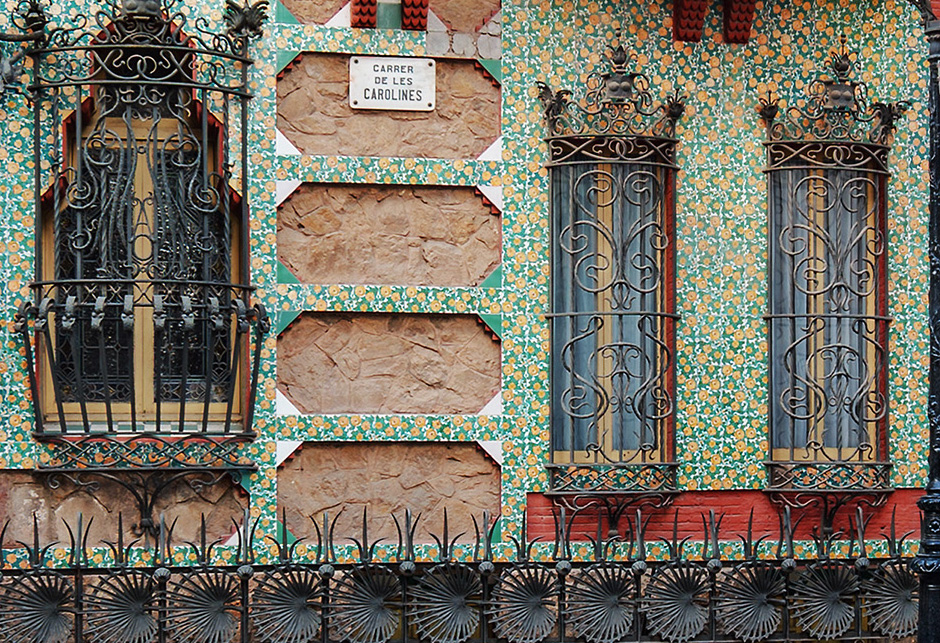
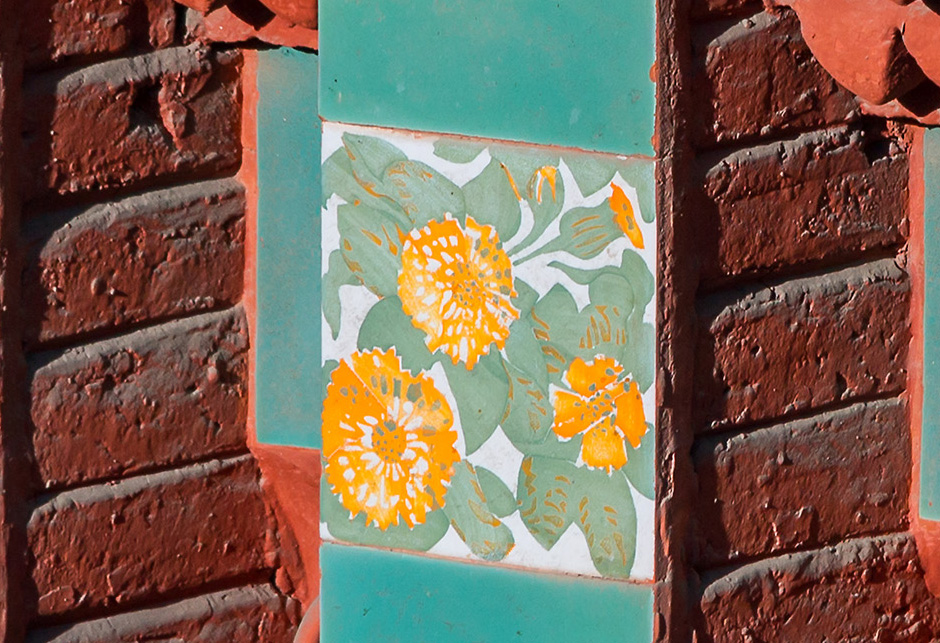
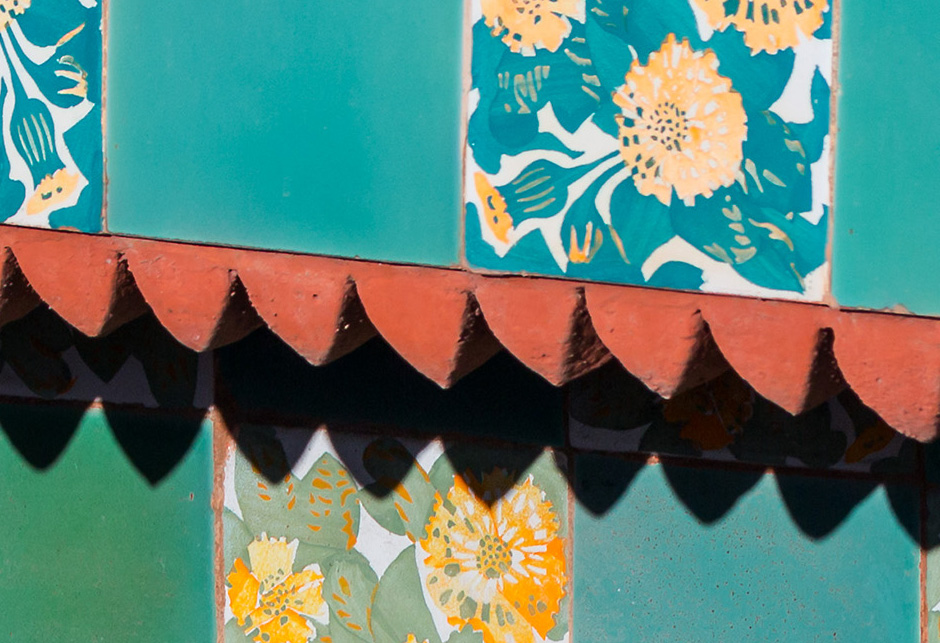
A FUTURE HOUSE-MUSEUM
The Vicens House was designed to be built by construction techniques rooted in the Catalan tradition. This is a tradition which Gaudí had learnt from his teachers and which he always adopted as a firm basis for the building of his imaginative architectural proposals.
In 1925, with Gaudí’s approval, the house was enlarged and refurbished by the architect Joan B. Serra de Martínez. Using the same architectural language, a structural body was added on the east side, abutting on the pre-existing house. Other parts and elements were changed or even eliminated, however, altering the original conception.
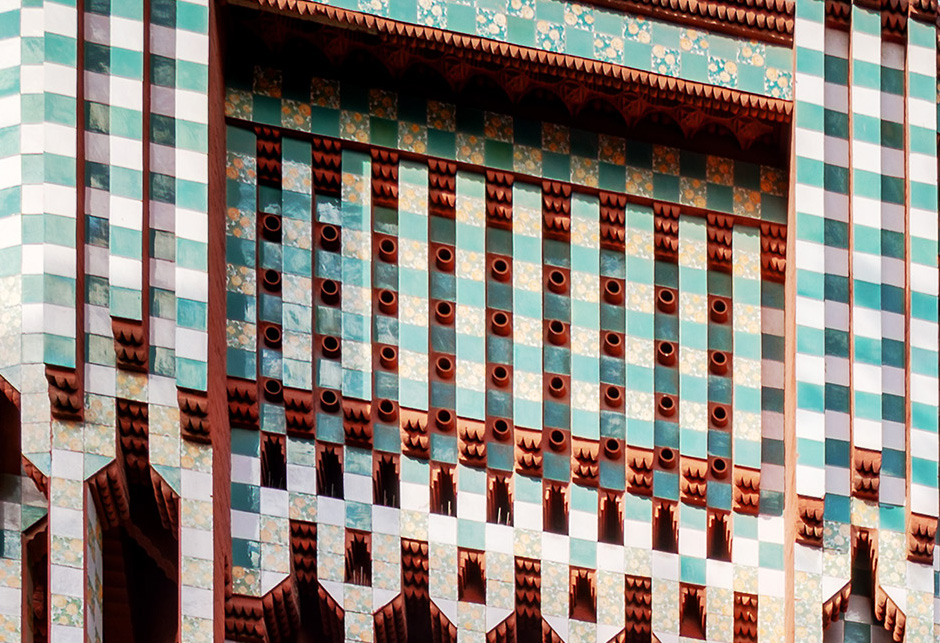
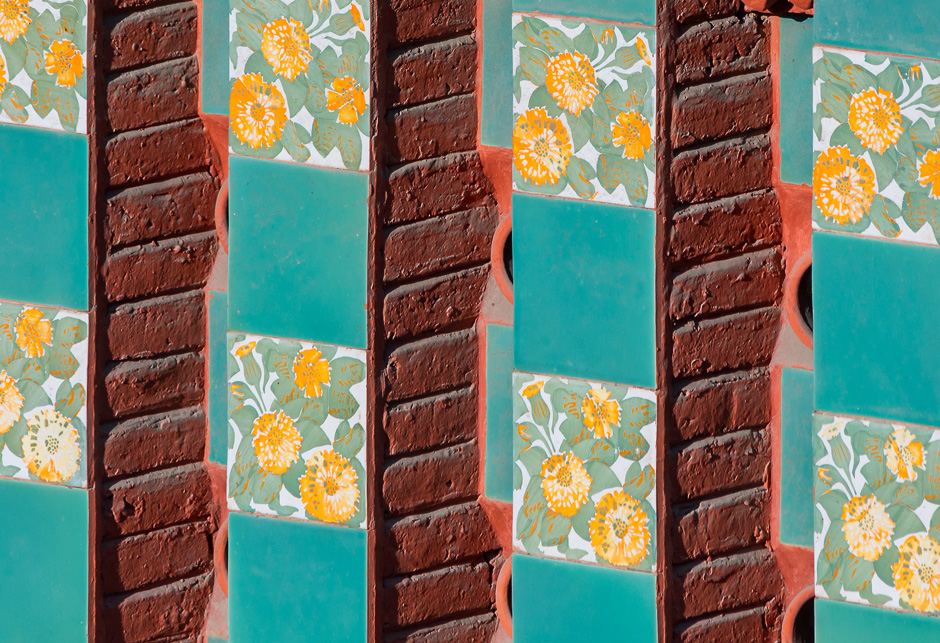
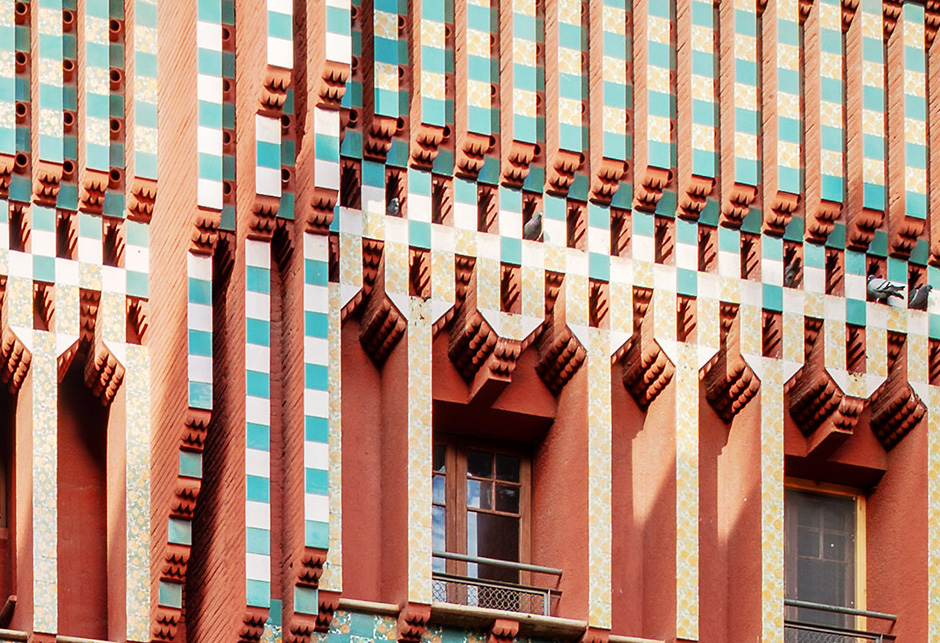
GAUDÍ’S FIRST HOUSE, RENOVATED AND RESTORED
In November 2017, Casa Vicens opened its doors to the public as a house museum. Gaudí’s first work in Barcelona, bought in 2014 by the MoraBanc Group, can now be appreciated for the first time as the architect envisaged it, thanks to an extensive and meticulous renovation and restoration project.
OPENING TIMES
Apr.-Sept. Monday to Sunday from 10:00h to 20:00h.
Oct.-Mar. Monday from 10:00h to 15:00h. Tuesday to Sunday from 10:00h to 19:00h.
Closed on January 1rst and January 6th. Also on December 25th.
Special day: May 22th, Santa Rita.
Free entrance/ Open doors day: European Night of Museums and International Museum Day.
HOW TO GET THERE
Bus: 22, 24, 27, 32, 87, 92, V17, N4
Metro: L3 - Lesseps / Fontana stations
FGC train: Pl. Molina (L7) and Sant Gervasi (S5, L6)
TOURISTIC TRANSPORT
Bus Turístic: Blue Route. Gràcia